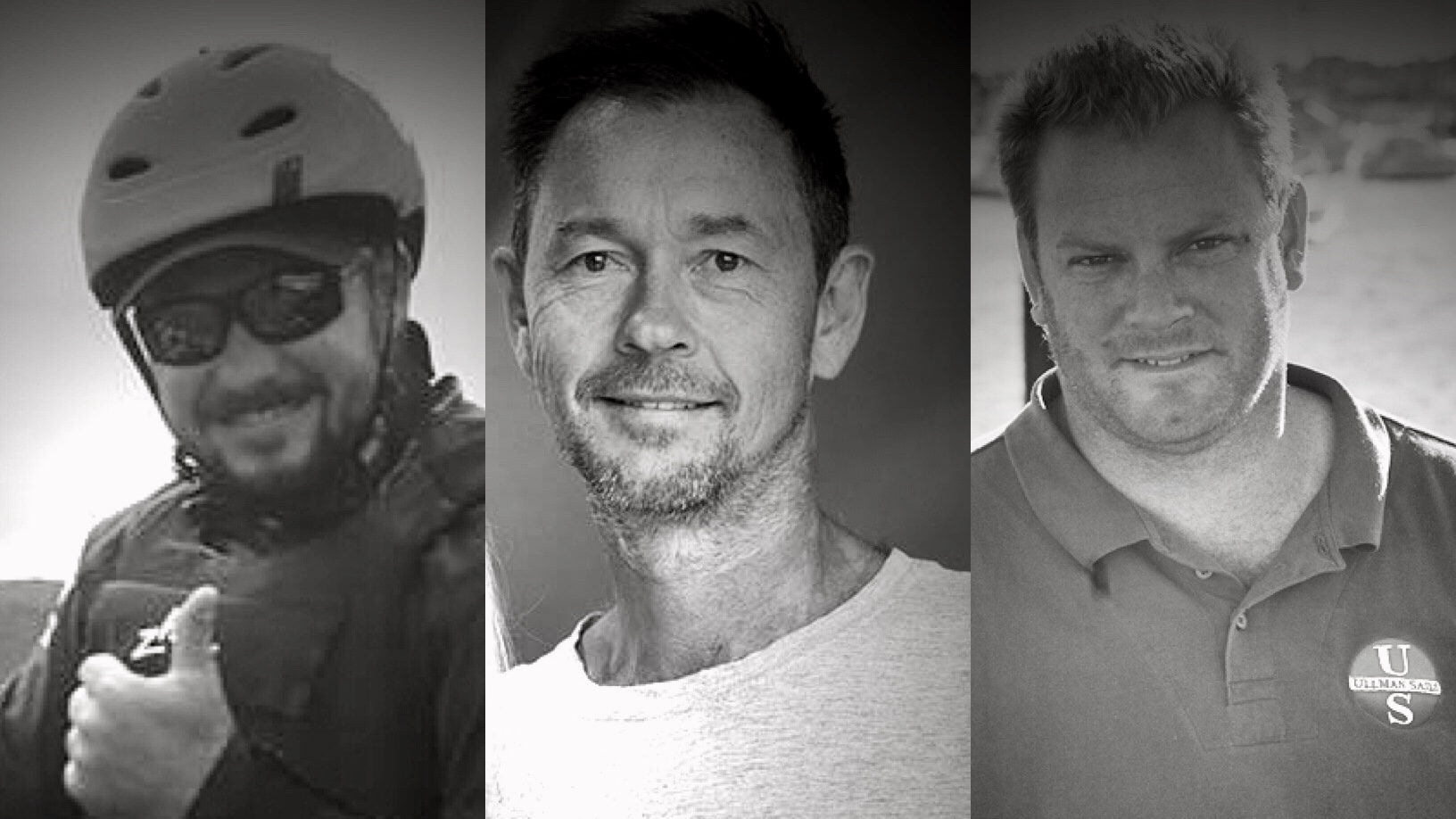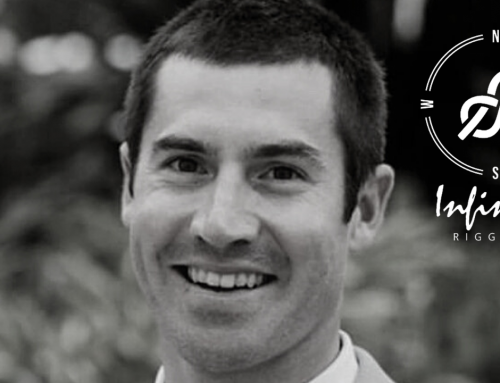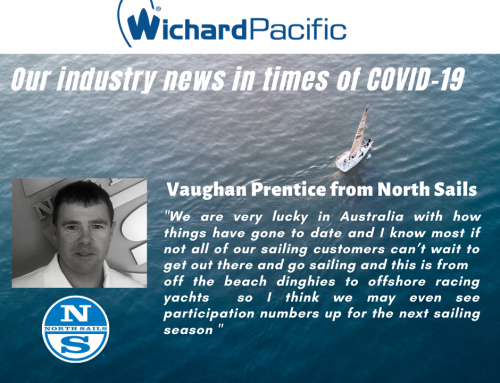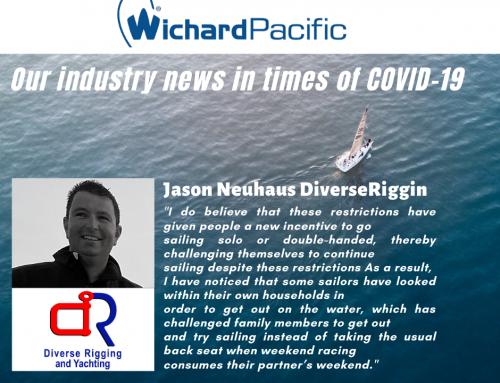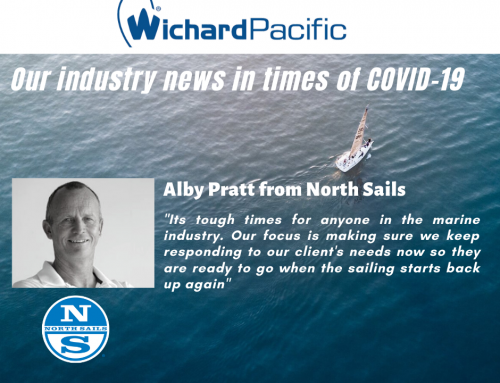Freshly back from Airlie Beach and Hamilton Race Week, 3 of our beloved customers are getting ready for more racing on board XL2, The BoatWorks Extreme 40, Morticia and Dirty Deeds to name a few. Now a month away from the Multihull National Titles in Wangi, Lake Macquarie, we spoke to Ben Kelly from Quantum Sails in Brisbane , Julian Griffiths from Noosa Marine on the Sunshine Coast, and Dale Mitchell from Ullman Sails in Airlie Beach:
Most of you have just recently participated in multihull racing division at Airlie Beach and Hamilton Island Race Weeks. What’s next on the agenda?
BK: next Month in Brisbane we have the St Helena Cup which is our biggest annual weekend of bay racing, I will be out in the multi fleet with Mike Peberdy on XL2. Then we have the Multihull National Titles down at Wangi in NSW in November, where I will be with Julian aboard the BoatWorks Extreme 40 catamaran. From then we have the Surf to City in February, likely aboard Dirty Deeds, the Moreton Bay Multihull Regatta in April aboard The Boat Works, and then the Gladstone race aboard XL2.
JG: next on the agenda is a bit of boat maintenance and then heading to the Multihull Nationals down at Lake Macquarie in November.
DM: last weekend (28-30 September) we raced at the Lock Crowther Regatta on Pittwater on Top Gun. From there our loose plan with “Morticia” is the Multihull Nationals on Lake Macquarie in November, Pittwater to Paradise, Brisbane to Gladstone, Brisbane to Hamilton Island and then Hamilton Island Race Week.
According to you, how much have the last 2 America’s Cups influenced multihull racing in Australia?
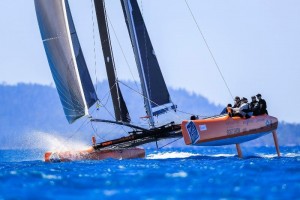
“The Boat Works Extreme 40” Photo Credit Salty Dingo
BK: I think the biggest fleets that this style of sailing and development has transferred through to is the beach cats. We now have the Nacra 17 Foiling in the Olympics and the A-class on a never-ending development cycle that takes its lead from these high-end design programs and what was learned in the Multihull AC programs. I guess there is a great divide for most of the Australian offshore/trailable fleet in terms of how the AC advanced technologies transfer to 95% of the fleet. Foiling is a huge step up for any non-foiling platform, there is a great expense, planning and engineering involved so at this stage it is an option for a select few of the fleet. I do think that the AC helped put Multihull sailing in the spotlight and we have seen many pro’s crossing over and now regularly racing with mono and multihull campaigns. Real sailors sail many styles of boats and do it well, I think multihulls being part of such high- level events with the best sailors in the world has really helped the general awareness of multihulls and hopefully gains increased participation as a result.
JG: I don’t feel the America’s Cup has influenced multihull racing in Australia yet. It has certainly opened a lot more people’s eyes to the sport and enabled the smaller classes as far as foiling goes.
DM: there has been a trickle down of technology from foils to furlers and locks and control systems. We have already seen owners optimizing boats with foils and T-rudders, obviously, most have not gone for full foiling solutions but more lift assist, as well as new builds underway, some of which have full foiling options. Foils have become very common in most new builds of performance race and cruise catamarans these days.
How do you see the future growth of Multihull racing in Australia now that the AC is back to monohulls?
BK: I think the new AC boat is a “Foiler”, these types of technologies will continue to evolve, and soon we will not be counting hulls, but mainly numbers and types of foils and the structures required to support them. Multihull’s are continuing to grow in numbers is Australia in the Cruising sector big time, the racing fleets numbers go up and down but as boats go faster and faster and people chase the thrill of speed the easy way to experience that at an affordable price will always be in form of a multihull. Our sport, as a whole, needs to evolve and stay relevant, the trick I guess is to offer a means for newcomers to experience that at an affordable price, with enough of a thrill for them to get the bug! A beach catamaran or trailable multihull will always be a great affordable racing entry point and is fast enough to give a really great ride, the AC style of boat does not change that.
JG: Can’t see it changing now that the AC is going back to monohulls. There has always been a die-hard multi fleet that will continue to sail any multihull.
DM: multihull racing has been highlighted over the past years with growth in the fleet through new sailors and new boats to the Australian racing scene. I feel we will continue to see growth in the fleet for some time. Multihulls have also gained great strength in the performance cruising numbers with the owners of these boats enjoying racing in events. Hamilton Island Race Week multihull division, for example, has seen huge growth in what is a relatively new division to the event.
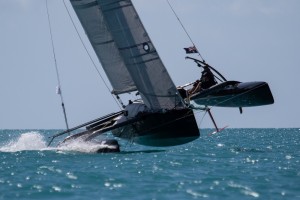
Morticia Picture Credit Shirley Wodson


